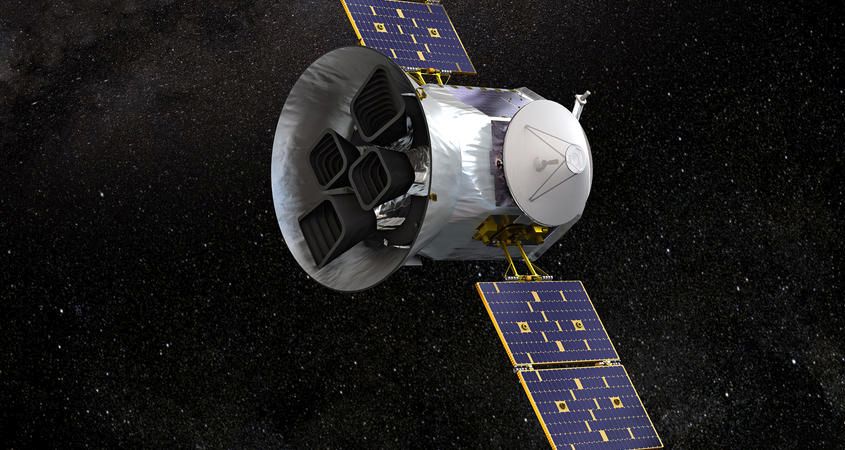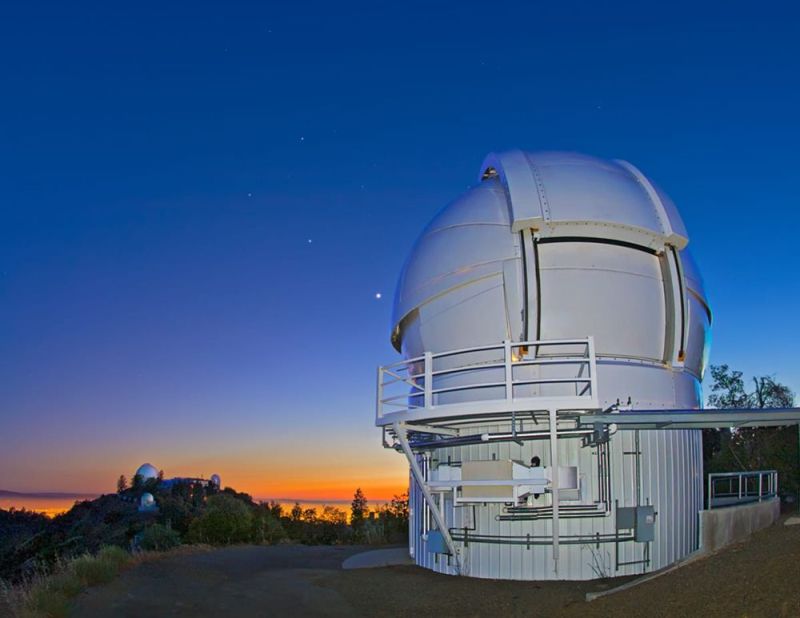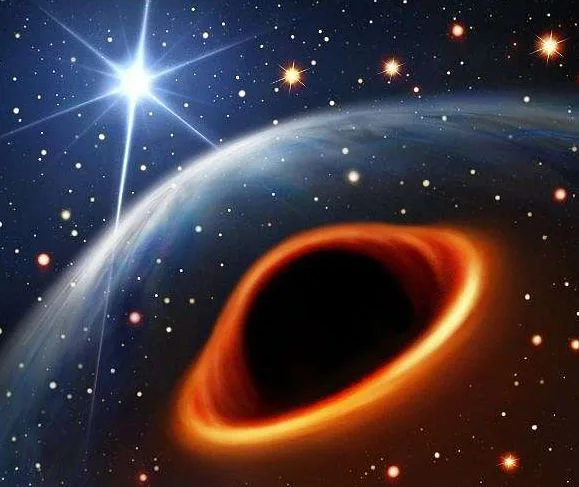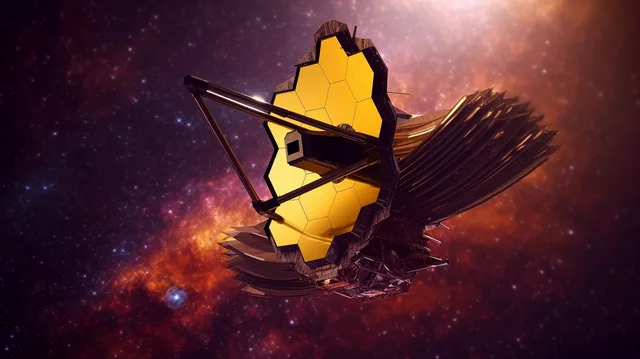
Hunt for a new stellar body is always on. Space is full of astronomical bodies and star gazers continuously search for new stars and planets into the known realm of humanity. In one such effort, an astronomer at University of California, Riverside in collaboration with a group of citizen scientists have spot a huge gas planet. The newly discovered body is otherwise hidden from view by typical stargazing tools.
The new planet, TOI-2180 b, is an exoplanet that orbits a yellow dwarf or a G-type star. It takes nearly 261 days to orbit its star. Its mass is 2.755 Jupiters, however, diameter is nearly equal to the “gas giant”, solar system’s fifth planet.
Researchers are of the view that it might contain 105 times the mass of Earth with respect to substances, which are heavier than helium and hydrogen.
It is quite a rare phenomenon because nothing like this has ever existed before in our solar system. And astronomers are quite excited about it.
An exciting planet
According to UCR astronomer Paul Dalba, the findings of TOI-2180 b are equal to hitting a jackpot because of the following reasons:
- The planet revolves around its star in 261 days.
- Distance between TOI-2180 b and Earth is 379 lightyears. It is considered close for an exoplanet.
- During transition, we can see it on Earth, while orbiting in front of its star.
Known exoplanet orbits its star every 18 hours, but TOI-2180 b takes relatively longer time. Additionally, the exoplanet’s proximity and brightness are observable from Earth, which is very rare. It is due to all these factors astronomers will find it easy to learn more about it.

TESS satellite
NASA’s TESS satellite search for exoplanets using the transit method. For one month, it hooks on to only one part of the sky and then focus on the other region. During routine transit, when a planet crosses in front of a star, the brightness of the star diminishes gradually. TESS looks for such dips in brightness.
If there happens to be three dips in a row, the stellar body is taken into consideration. Single transit events could have other reasons which are generally ruled out, for instance,
- Telescope jitters, and
- Stellar activity masquerading as planets
For these reasons, citizen scientist group role becomes important as they record the single transit events.
First transit
Receiving information from Tom Jacobs, a group member and former U.S. naval officer, regarding the dim light from TOI-2180 star, Dalba observed the stellar body’s gravitational tug on the star.
He used Lick Observatory’s Automated Planet Finder Telescope a.k.a. Rocky Planet Finder, calibrated at east of San Jose, California. Eventually, he was able to compute the mass of TOI-2180 b and evaluate a range of possibilities for its orbit.

Second transit and third transit
For the second transit, 14 different telescopes (all in northern hemisphere) over three continents were used simultaneously. In August 2021, the team was able to obtain nearly 20,000 images of the TOI-2180 star.
The effort also concluded that TESS will be able to observe the third transition of planet (around its star) in February.
Takeaway
Finding more stellar bodies like TOI-2180 b is the result of collaborative effort by professional astronomers as well as citizen scientists. More data is expected to be discovered by the team when TESS tracks the star next month.



